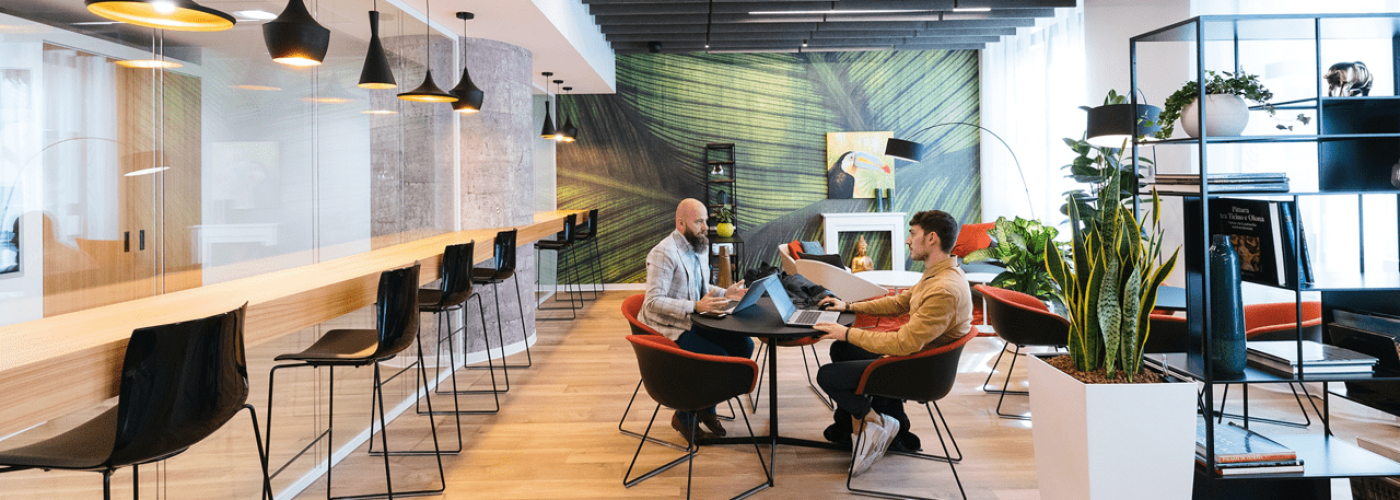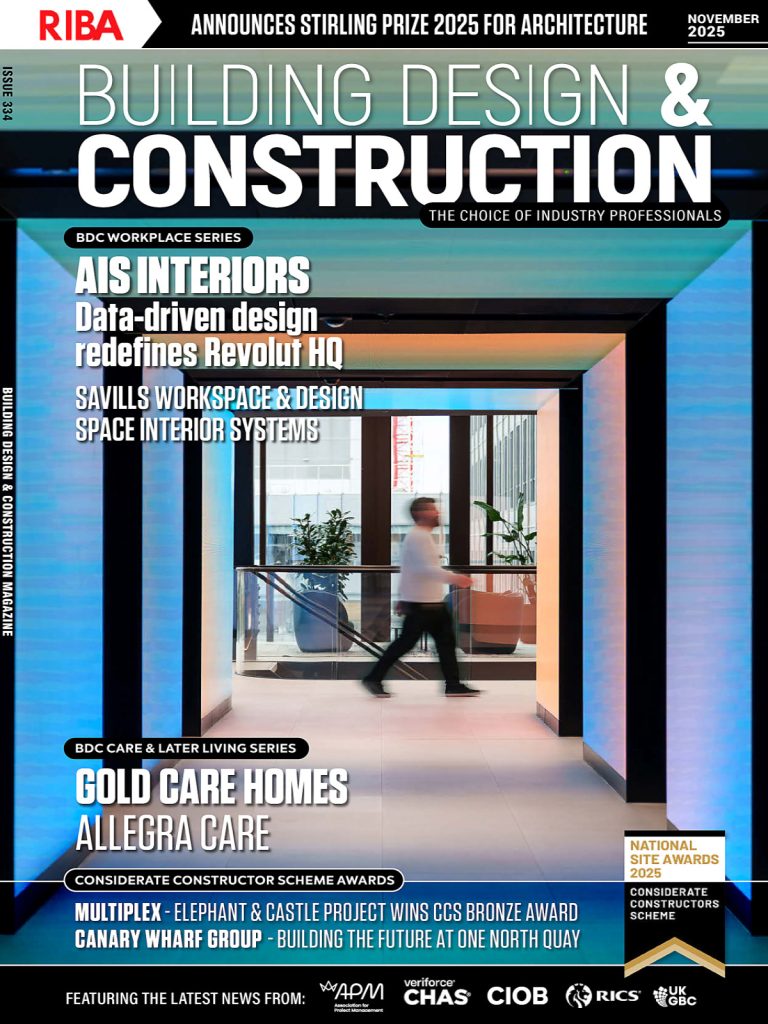The idea of a smart workplace is one that you hear more and more about in today’s competitive market. This space combines technology with the intent of streamlining processes and the employee experience. With organizations looking to boost productivity and morale, the effect of smart workplaces is once again topical.
Enhancing Communication
Smart workplaces often use the latest and greatest technology when it comes to communication methods. These tools streamline inter-team interactions and facilitate collaboration. This drastically reduces the time gap in communication, allowing employees to remain more focused on their work. For example, technology enables seamless interactions via instant messaging platforms, video conferencing, and integrated project management systems.
Boosting Productivity
Automation drives smart workplaces to a great extent. Automation of repetitive tasks means that employees can focus their attention on more valuable work. This change leads to higher productivity and greater job satisfaction. Employees have much more to do, which requires creativity and critical thinking. As a result, they are more motivated and feel valued.
Flexible Work Environment
A smart workplace supports flexibility. The various options of remote work, flexible work hours, and flexible workspaces are beneficial for many. Flexibility helps employees have a proper work-life balance, avoiding stress and burnout. Providing these options will help organizations tap and retain talent better.
Improving Workplace Safety
Using technology is a great way to make workplaces safer. Intelligent systems can monitor your surroundings, which provides you with a safe environment with great comfort. For example, when temperature or air quality varies, sensors can detect a problem and make changes quickly. These innovations help safeguard workers and improve their experiences as well.
Encouraging Continuous Learning
Smart workplaces often encourage lifelong learning as well. Providing online courses, workshops, and training allows employees to learn and develop new skills. This culture of learning significantly contributes to growth and innovation. If employees feel that their professional development is taken care of, they are less likely to leave the organization.
Fostering Employee Well-being
You cannot have a positive employee experience without a certain level of well-being. Wellness programs and resources are part of smart workplaces. These resources can range from mental health support to fitness facilities and health monitoring tools. When organizations help people prioritize their well-being, it can ultimately lead to higher levels of satisfaction.
Personalizing Employee Experience
With data analytics, it is easy to have personalized smart workplaces. This personalization can help organizations adjust according to their preferences and needs. Personalization enhances the experience by customizing workspaces or supplying specific resources. This boosts employee morale by acknowledging and appreciating their hard work.
Streamlining Administrative Tasks
Administrative work can often be time-consuming and tedious. Smart workplaces use technology to simplify these processes. Automation in scheduling, paperwork, and communication minimizes employee overhead. With this efficiency, they can now concentrate on impactful tasks, improve their experience, and increase productivity.
Enhancing Creativity and Innovation
A smart workplace encourages creative thinking. When you provide employees with access to new tools, resources, and technologies, they will get creative. Collaborative platforms and innovation hubs nurture creativity. Workers who feel at liberty to create contribute to the success of the organization.
Building a Community
Workplaces employing smart features engage employees and build a community by using social networks and team-bonding activities. Organizations create a network of people who work together. Engagement and commitment are significantly higher among employees who feel they belong to a community.
Sustainability and Responsibility
Smart workplaces often prioritize sustainability. Environmentally sustainable practices and technologies reduce harm to the environment. Companies can also improve the loyalty and satisfaction of employees by aligning their values with sustainable practices.
Conclusion
A smart workplace is an integral part of employee experience. It can improve communication between employees, enhance productivity, and improve safety. Flexibility, personalization, and continuous learning form a positive work environment. When employees are valued and properly supported, they become more committed and satisfied. Not only do your employees stand to gain from these innovations, but your organization does too.





